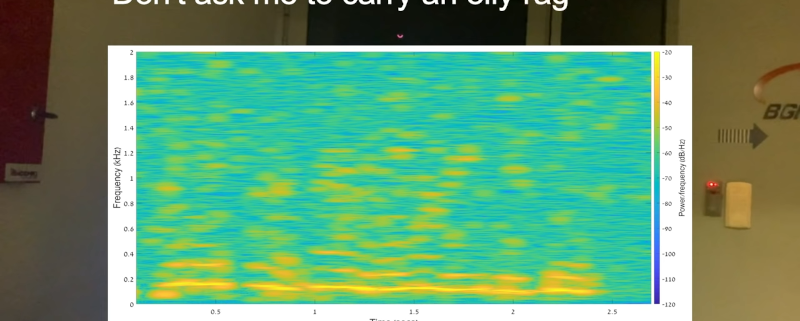Known macOS Vulnerabilities Led Researcher to Root Out New Flaws
Sometimes all it takes to root out a new software vulnerability is to study and analyze previous bug reports. That’s how researcher Csaba Fitzl says he sniffed out some new Apple macOS vulnerabilities, one of which was a mirror image of a logic flaw that a group of researchers competing in the 2020 Pwn2Own contest found and executed there.
Fitzl, a content developer for Offensive Security, says he reread and studied the winning six-exploit chain that the researchers used to hack macOS. One of the exploits in that chain weaponized a privilege escalation bug, which Apple later fixed. But there still was a hole, and he found it: “Although Apple fixed it properly, but still there was an extra function … that basically opened up another vulnerability to be utilized a bit differently than the original one,” Fitzl explains.
Apple’s original fix for the flaw allowed an attacker to change ownership of a directory in macOS. But Fitzl discovered that he could create a new directory on the targeted system, which could allow an attacker to escalate their privileges on macOS. “Although you had to use different techniques to get through to the system, but because you could create an arbitrary directory anywhere on the system, you could elevate your privileges to root,” he says.
It was basically the same logic flaw but in a different piece of the code. Apple has since patched the vulnerability Fitzl found as well.
This week at Black Hat Singapore, Fitzl will share technical details of this and two other vulns he found while drilling down on previous vuln research on macOS during a session entitled “macOS Vulnerabilities Hiding in Plain Sight.”
Apple had not responded to a request for comment as of this posting.
‘Something Is Not Right’
Fitzl says he didn’t actually spot traces of the new flaws linked to previous research until after he reread the research papers. “At some point it hit me that there is something not right. It turned out that there is a vulnerability not like the one initially documented,” he explains of his findings. “That eventually led to me to find or identify new vulnerabilities.”
The other two flaws he found include one that built upon research from Mickey Jin, who…




